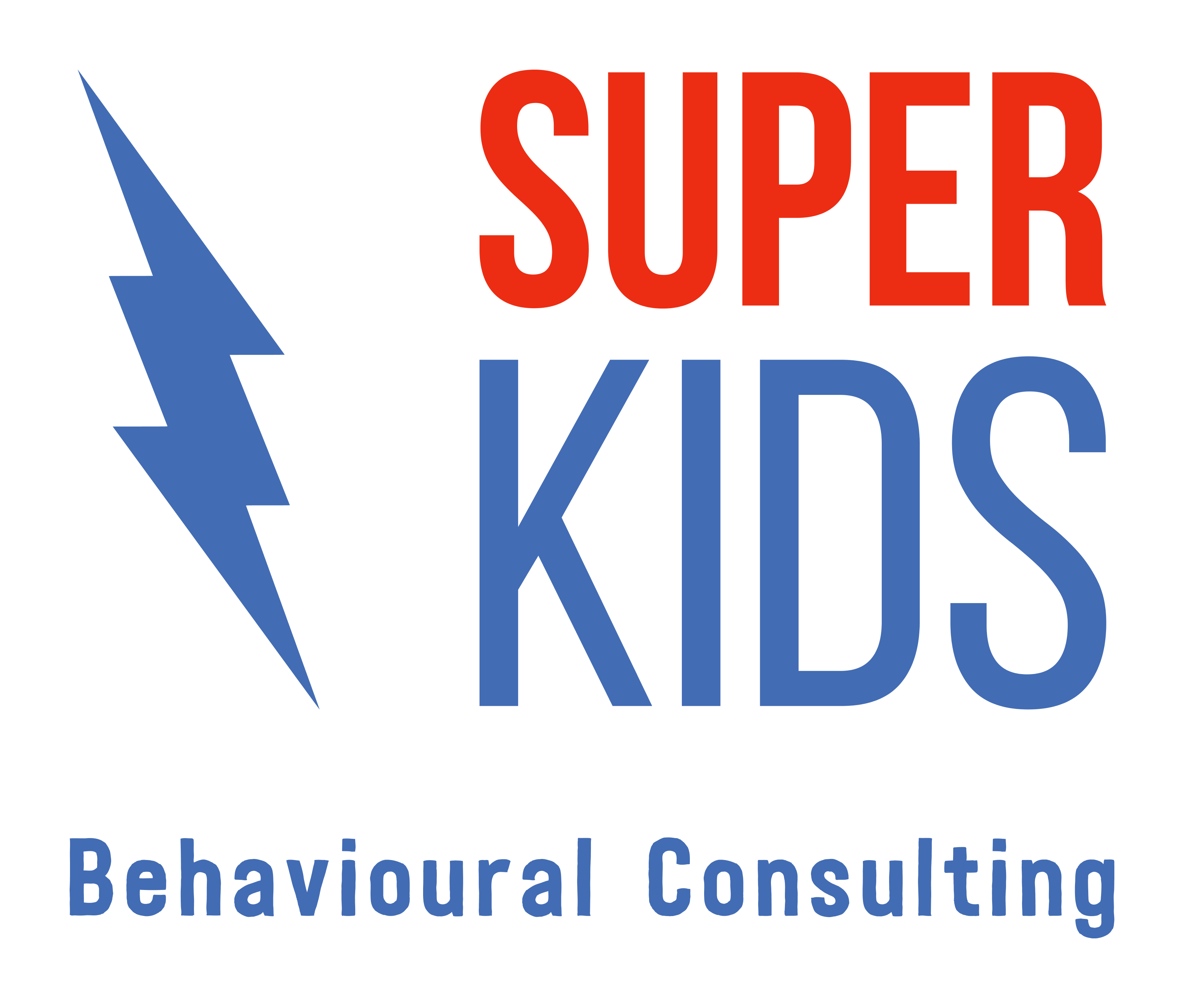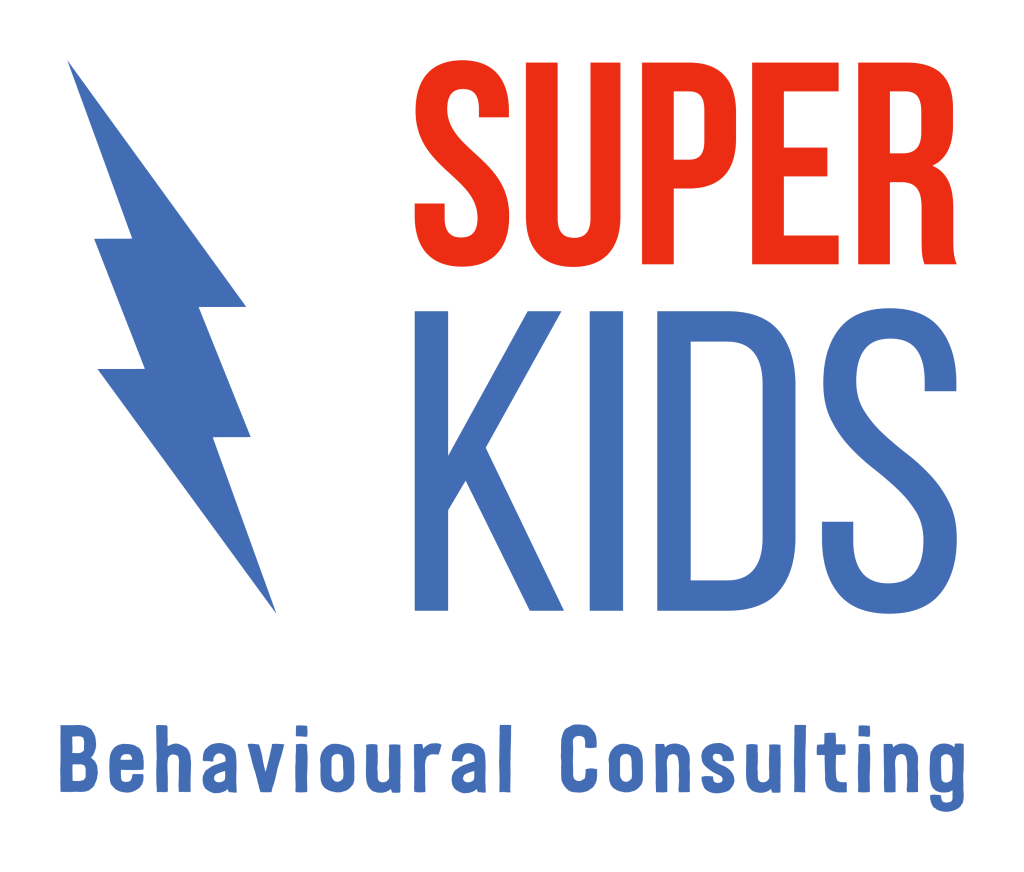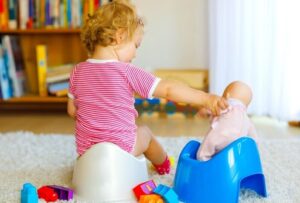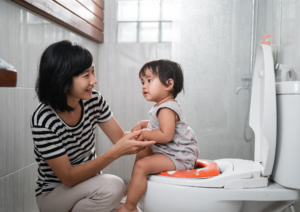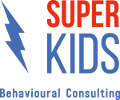How do I teach my autistic child to wipe their bottom properly?

Renee Collins
Clinical Director
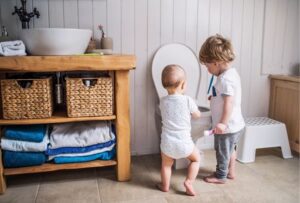
Can your Autistic child wipe their bottom properly and independently? One of the fundamental milestones for a child to independently use the bathroom is learning how to wipe their bottom properly to allow them to be alone in the bathroom without support from another person. The essentials of toilet training include, not just the child’s achievement of bowel and bladder control, but their understanding of bathroom cleanliness and hygiene. Being able to wipe by themselves is vital for a child’s independence and confidence.
When we teach a child any new skill, the first thing we do is consider what steps are involved. These are the steps that we commonly consider and teach (but can individualize to your child and adapt as needed).
How to teach each step of wiping their bottom
Teaching a child a new skill, such as wiping their bottom properly involves a systematic and structured approach to help the child acquire new skills or behaviours. Prompts are cues or levels of support that assist the child in responding correctly. There are different types of prompts that suit different children and different tasks.
VERBAL PROMPT – you can tell and explain how to complete the task to your child.You should tailor this explanation to your child’s language level. For example “get the paper, turn around and wipe three times”
PHYSICAL PROMPT – you can assist your child by physically guiding them to do the correct action. For example, place your hand over their hand as they wipe to show them the movement and pressure.
VISUAL PROMPTS – this may include photographs, video or cartoons of how to complete the sequence of steps that the child can look at and follow.
How do you know how much support to provide when teaching a new skill?
It depends!
- Always select a level of support (prompt) that your child understands (e.g. don’t select a show me (model prompt) if they cannot imitate or use a tell me (verbal prompt) to explain something that they don’t have the language for)
- Select the lowest level of support needed, so they can be a close to independent as possible
- When you introduce a level of support, do always plan for if and how you plan to reduce this so your child can eventually complete the skill as indepndently as possible
- Always use the least amount of support that the child requires to perform the task successfully.
If you’re unsure, you can begin teaching these steps and start with physically guiding your child’s hand through each stage and assisting them. If physical assistance is a bit tricky, other ways could include modeling the action for your child. Through practice and as the child gets more familiar with each action, start to decrease how much assistance you provide. This could look like verbally reminding your child which step is next if they forget. Always provide your child with feedback and a reward, especially if they’ve done their best ever attempt.
Over time, as your child gets more independent, you will start to help them less and less. Start with as much support as they need to keep them successful and gradually reduce this support every time you practice as your child becomes more proficient. This may also be a different amount of support for different steps within one skill, for example, when wiping their bottom your child may need getting the toilet paper and the correct amount (and need you to physically guide them) but be proficient and independent with bending forward and wiping. The long term goal is to have your child respond independently without any support over time.
Suggested steps to teach to properly wipe their bottom after a poo
These are some suggestions and it will depend on your bathroom set up and your child’s physical abilities. You can also break these steps down into smaller skills if required, or adjust to your families preferences.
Example steps of wiping bottom:
- Child pulls and tears at least 3 sheets of toilet paper
- Folds paper into flat palm shape in hand (or scrunch!)
- Reaches behind bottom
- Wipes toilet paper on self from front to back once
- Checks toilet paper for residue
- Identifies if toilet paper is ‘clean’ or ‘dirty’
- Drops paper into toilet
- Repeats steps 1-7 until toilet paper is clean.
- Stands up and continue the bathroom routine.
Other tips and common barriers
- It can sometimes be easier for a child to start with a baby wipe rather than with dry paper – teach both if needed! Wet wipes are often easier to use as they require less pressure than dry toilet paper.
- Make sure to always teach to wipe from front to back for both wees and poos! This is particularly important for girls
- If your child is struggling, they could be finding initial prerequisite skills difficult and may need to be taught these first. Skills that could be looked at with your child include:
- The motor skills required to reach, pull and tear the toilet paper
- Being able to twist their body to reach back in-between their bottom
- The motor skill of wiping can be taught first by itself by teaching the action of wiping paper on a table and then shift the direction of the wipe to behind them (rather than in front)
- Consider how the bathroom environment is set up
- Some children might need a rail to hold onto. If they have mobility difficulties, problems with balance, or severe sensory issues, then physiotherapist or occupational therapist assessment is advisable.
- Have you chosen a suitable step and seat that your child feel comfortable on? This is also important for balance and the position they sit in when wiping.
- Can they reach the toilet paper? Consider installing a temporary (or permanent if suitable) suction cup toilet paper holder so it is in a more suitable place in the bathroom that your child can reach it easily.
- Make sure your child has adequate foot support so they can lean forward onto a stool and lift their bottom slightly so they can reach behind and wipe themselves. Otherwise, consider other positions, such as standing up and bending over.
- How to teach how many times to wipe? There are multiple ways to teach this! Sometimes selecting a rule is helpful for Autistic children
- One way is to teach the child to wipe as many times as needed until the paper is clean.
- You may need to teach the difference between when the paper is clean or dirty
- Another way is to teach a rule, for example, always wipe 5 times, and then stop.
If you are still struggling with teaching this particular skill or another related bathroom behaviour, such as washing their hands or standing at a urinal to wee, then you may want to consider a quick consultation with one of our toilet training experts that you can book here or contact [email protected] for more information.
Super Kids acknowledges each individual’s personal preference to use identity-first or person-first language to describe themselves or their loved one. We interchangeably use both language conventions and therefore refer to both Autistic children and children with Autism.
